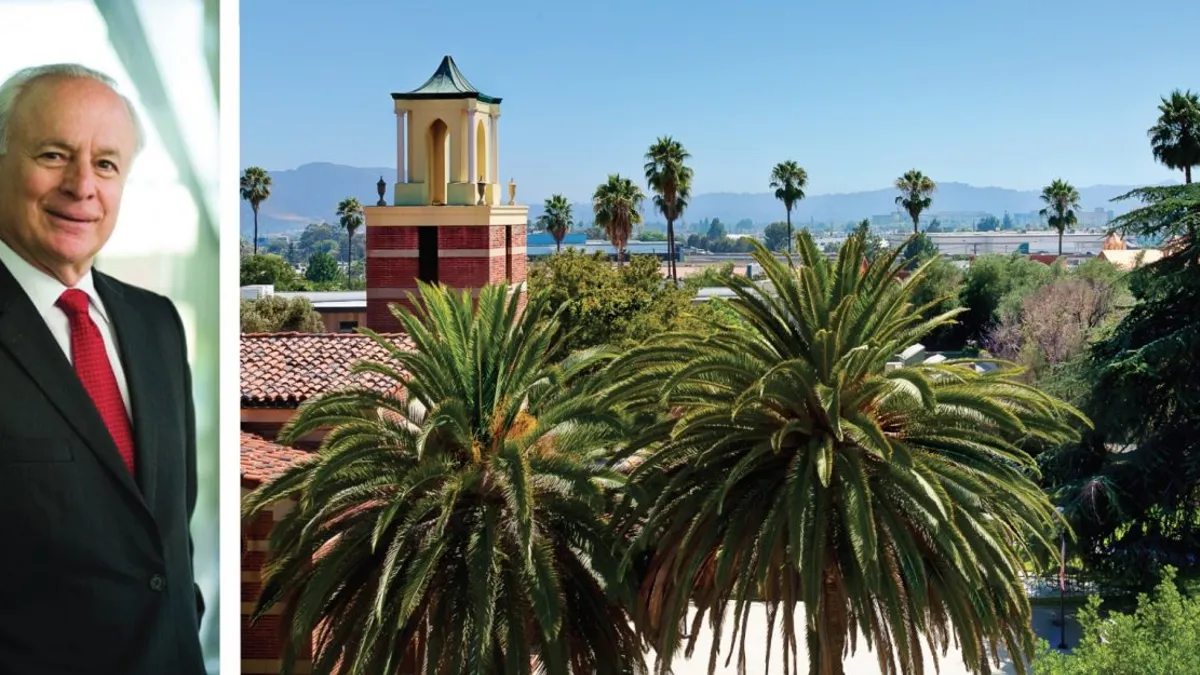In 2011, the Hispanic Foundation of Silicon Valley launched an analysis entitled the “Silicon Valley Latino Report Card.” It studied five quality of life dimensions -- education, health, financial stability, housing and environmental sustainability -- for the geographic area in northern California consisting of Santa Clara and San Mateo counties, better known as Silicon Valley. For the Education dimension, the approach was to compare Latino versus non-Latino achievement using six attributes of K-12 education: kindergarten readiness, third grade reading proficiency, eighth grade math proficiency, high school completion, college readiness, and educational attainment. The study found a large disparity in these attributes between Latinos and non-Latinos. The overall grade given to the education dimension of the Latino population was “C.”
As a Latino educator born in Venezuela, I found the results dismaying. In arguably the most innovative area in the world, with cutting-edge Silicon Valley companies like Apple, Google and Facebook, the report showed that nearly one quarter of Latino high school students dropped out. Importantly, just over 33 percent of Latinos had some college education or completed a college degree compared to nearly 80 percent of non-Latinos in Silicon Valley.
Some projections suggest that, in another generation, Latinos will become the largest ethnic group in California. Already, 54 percent of K-12 students in California public schools are Latino. Thus, Latinos will be the majority-minority segment of the population. This development begs the question: will our society become “non-diverse” in the future? And what are the implications for our country?
There are two demographic trends at work: the increasing Latino population and its lower graduation rate from high school compared to non-Latinos. So how are Latinos doing in college today in light of the Silicon Valley Latino Report Card of seven years ago? The California State University (CSU) system has an enrollment of almost 480,000 students. With its large Latino/Hispanic population, consisting of about 39 percent of its student body, CSU statistics should reflect how Latinos are generally performing in college.
The main statistic for measuring college success is the rate of first-time, full-time freshmen that graduate within six years. Latinos who started at the CSU in fall 2010 -- about the time the Latino Report Card was completed -- had a graduation rate of 53.4 percent, versus 59.1 percent for all students; and in the science, technology, engineering and mathematics (STEM) disciplines, the corresponding numbers were 48.1 percent and 57.5 percent, respectively.
These undergraduate achievement gaps, especially in STEM, are disconcerting, but even more troublesome are the numbers of graduate degrees granted by CSU to Latinos in 2015-16: only 19.9 percent of total graduate degrees went to Latinos, versus 33.5 percent at the bachelor’s degree level.
What is impact on economy?
So here’s the question: what is the potential impact on the future of California’s economy and, especially, on its creative and innovative industries, if a large proportion of Latinos do not proceed to become scientists, engineers, doctors, teachers, etc.?
The Latino dilemma is as follows: while many in our society now recognize the power and innovation of a diverse population, our California culture will become non-diverse ethnically as the Latino population grows but remains less professionally diverse, especially at the post-graduate level.
What should institutions of higher education do to advance academic excellence and increase the number of Latino college graduates? We need to look at other factors that affect high school or college graduation rates. Going back to the Silicon Valley Latino Report Card, the grades for the other four quality of life dimensions -- health, financial stability, housing and environmental sustainability -- were not much better: B, D, D and C.
Two key findings seemed to influence the educational dimension: Latinos only earned 63 percent of what non-Latinos earned in Silicon Valley; and nearly a quarter of Latinos lived in overcrowded conditions, a proportion much higher than non-Latinos. These distressful financial and social conditions seemed to negatively affect early education, which in turn led to lower graduation rates in high school.
We have a collective moral responsibility to ensure a truly diverse, racially tolerant, inclusive and engaged civil society. These current patterns in the Latino community will have profound effects on our global competitive posture unless we improve them. In response, many of us in higher education are reaching out to middle school students starting in the 7th grade, through community engagement programs, especially during the summers leading up to college; and by granting special scholarships to Latino students using external, private funding. Once students are in college, we also must ensure Latino student success by having support systems that target those students with special needs, while providing enrichment programs that include peer tutoring/mentoring and, importantly, celebrating successful Latino alumni as role models.
David Steele-Figueredo is president of Woodbury University in Burbank, CA.
















